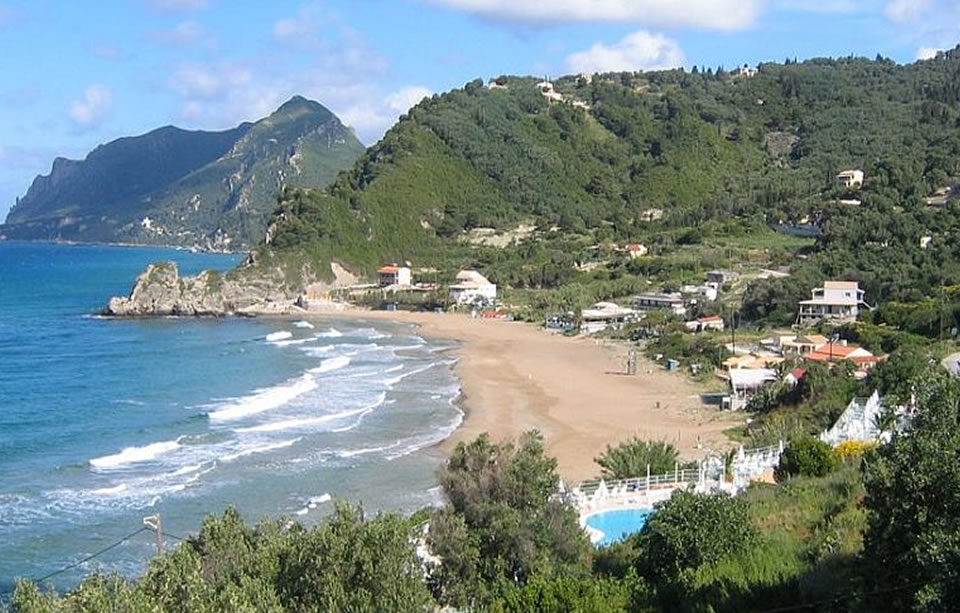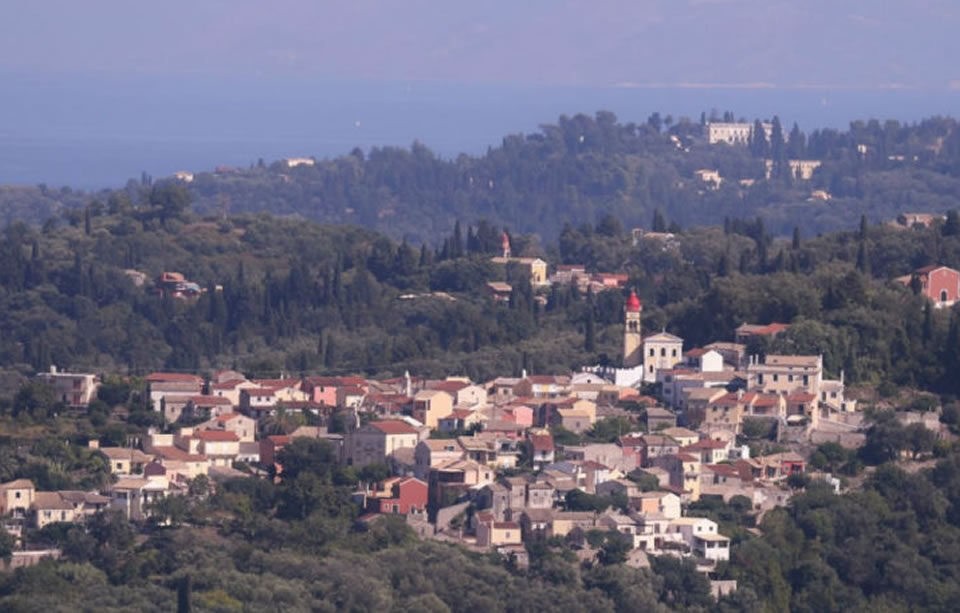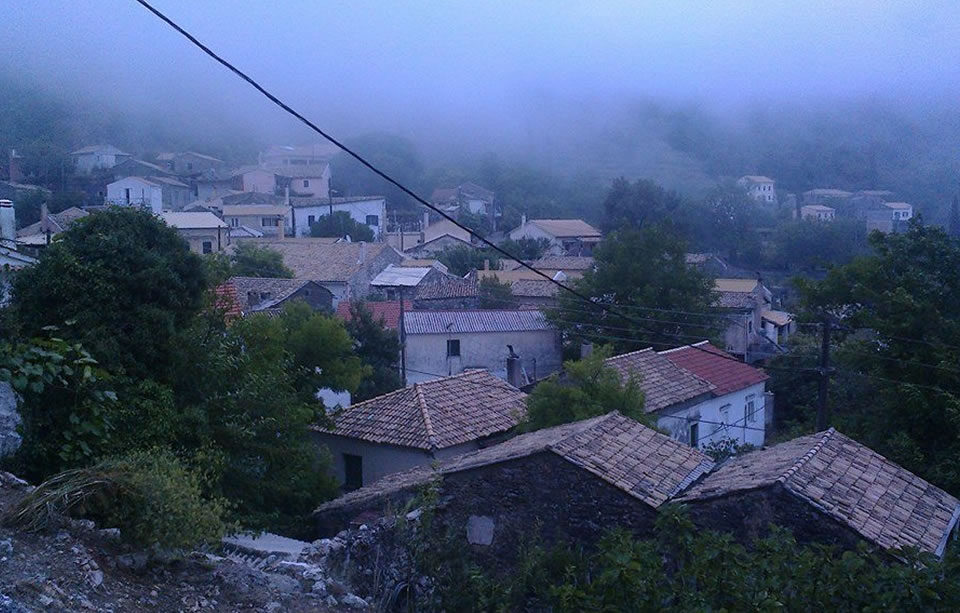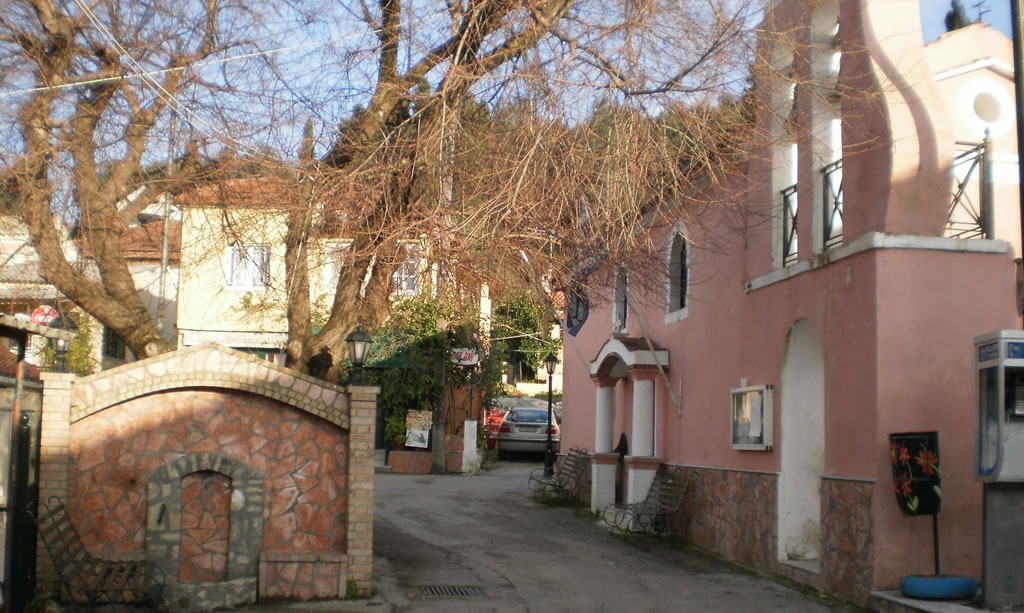
Episkopiana
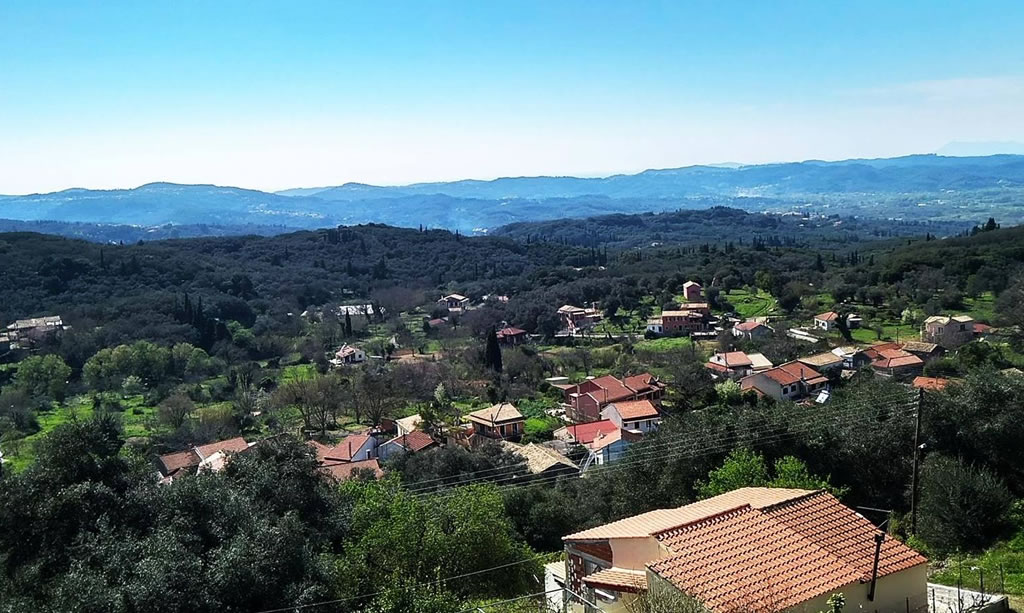
Klimatia
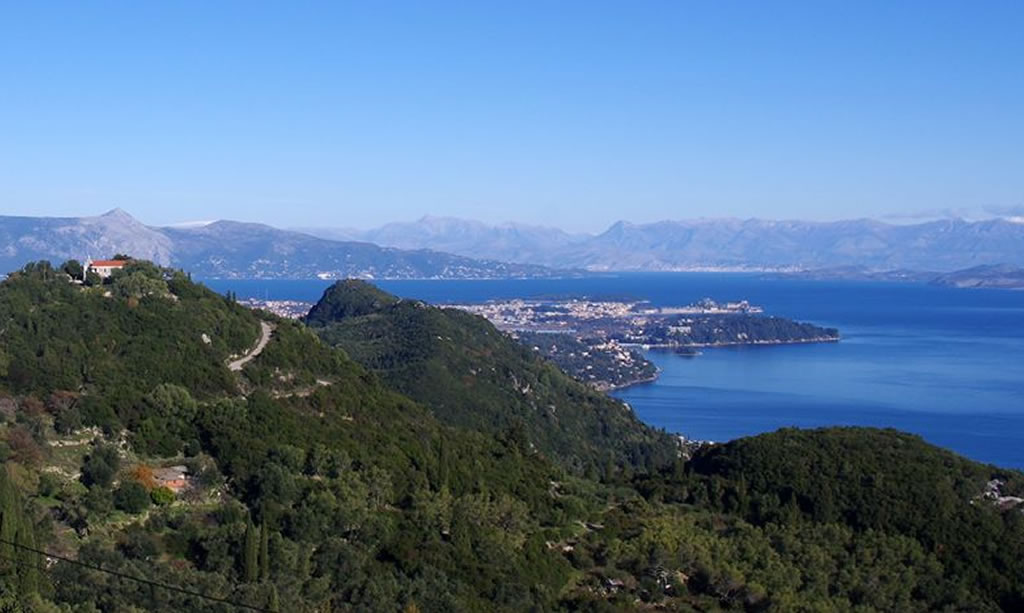
The visitor to Stavros will see many interesting settlements with impressive or traditional architecture, such as the old Kornata, Golumata, the traditional settlements Loukata, Komianta but the most important thing he will encounter is the hospitality of the inhabitants and the stories he will hear from the old ones.
1.How many residents does the village have?
In the last census of 2011, the village had 243 residents.
2.What jobs do the residents do?
Most are pensioners. The rest are engaged in agriculture, either they are employees (public, private).
3.What products are produced in the area?
The products produced in our area are mainly oil, due to the olive groves that exist, wine, fruits and vegetables.
4.Is there someone who sells products?
-
5.If yes, is the point of sale visitable and how many people can it accommodate?
-
6.Are there vineyards in the area?
-
7.If yes, what varieties are cultivated?
-
8.Is there a lake, river, or waterfall?
-
9.Is there a point with acoustic peculiarity [e.g. reed bed, ravine, stream with nightingales etc]
Stavros is famous for its wonderful walking routes.
1st route: from Pantokrator’s view we meet caves, Katochosti cave, burnt ravine which also carries the history of the village then the picturesque chapel of Pantokrator.
2nd route: from Makrata to Loukata and from there to Benitses meeting Kotsaridi cave or Gourouna, Benitses aqueduct famous springs adams and continue Benitses.
3rd route: Stavros - Agia Paraskevi - Athens ravine - Benitses.
4th route: Loukata - Agia Triada - Agia Paraskevi - Benitses.
5th route: Loukata - Agia Triada - Cave holes in Vienna - springs Adams and continue Benitses.
6th route: from Kornata to the mountain of Stavros - Komianata. 7th route: Kogevina - Stavros waterfall. On all paths due to the tranquility and with the waters that roll there is wonderful acoustics.
10.Around the village what animals are there, what season and at what points?
birds,
reptiles,
otters, rabbits, foxes
frogs etc We meet various species of birds, small animals and foxes.
11.The vegetation of the area includes what season and at what points?
Flowers
Edible [cabbage, mushrooms, tea, chamomile, oregano, caper, figs etc]
Trees and shrubs Apart from cultivation, we will find wild herbs, asparagus, ovrus, blackberries and various herbs such as oregano, sage, fennel, kumara, laurel,
12.How many churches are there and which ones?
Within the community of Stavros there are churches from the oldest on the island, such as Panagia of Kogevina which in 1943 was demolished by the bombings of the German army. Today the machine guns and the underground fortress are preserved, it should be noted that in the area in 1943 the German Headquarters was housed and at this point they divided the island with tolls. The parish churches and these are from the oldest. Agios Arsenios, the Guide in which within its area there are a plethora of hagiographies and in the courtyard a water tank with hagiographies. 100m at the top of the mountain Agia Triada, with a plethora of hagiographies and wonderful view to the east, south, north. To our right we see the Cape of Lefkimmi the port of Igoumenitsa and going further left the mountains of Epirus, the Mouse Island, the city of Corfu and Agioi Saranta of Albania. The church of Panagia of Agnanta is located in Dafnata and is the metropolitan church of the village right next to the municipal school, stone-built of 1955. Great interest also exists for the temple of Agios Nikolaos in Kamari. Several smaller private churches exist in the village, such as Agios Nikolaos in Gouloumata, the oldest of the oldest churches Pantokrator of the Municipality on the picturesque path of the mountain.
13.Is there a festival, procession or other event and when?
The Cultural Association and the Community of the village participate in the village events on August 14 and 15 with the traditional macaroni, which is offered free to all visitors. There are also spit-roasted lambs and traditional music. On the day of the Holy Spirit, in honor of the temple in Loukata, a big festival takes place. A month later in July, the festival of Vlacherna takes place. Also, smaller events take place throughout the year.
14.Where does the water in the area come from?
The village is supplied with water from the Benitses aqueduct, as well as from drilling of Agioi Deka. Within the village, there are smaller springs which have water all year round, such as in Korni, in Katopigado, in Agia Paraskevi.
15.Are there public sources or taps with drinking water?
There are public taps with drinking water in all neighborhoods.
16.Is there a point of historical interest?
The name of the village Stavros according to one view comes from the surrounding area “dia stauron kai pasalon”. The previous name of the village was Gokomili which came from the Heap of Mills, as mentioned in the book The Island of Peaks of the 16th century. In Chaldia Pantokrator of Fotios we will see Kato Garounas, Ano and Kato Pavliana, Agios Mattheos, Lake Korission and Stavros mountain unfolding in front of us where at this point the machine guns that the Italians defended in 1943 from the Germans are preserved. At their entrance, the Germans tried to enter the island from the side of Benitses, they were resisted by the machine guns of Stavros, especially of Agia Triada which is still preserved today. The efforts were fruitless and they transferred their invasion from the area of Agios Mattheos Chalikouna. The Italians defended and a shell coming from the Germans killed Italian soldiers and their bones are likely to have remained in this area. There are two uninhabited settlements, the settlement of old Kornata and the old Dafnata. Also, there are Agia Aikaterini of Louvraion, Agios Nikolaos of Bratou, the temple of Agia Paraskevi in Korni with a plethora of waters and wonderful musical sounds from frogs. Also, Vlacherna in Kornata, in the uninhabited settlement.
17.Is there a bridge, threshing floor, olive press or other point of interest?
The village of Stavros, due to its large area, has a plethora of olive trees and many oil presses of older and newer construction, where many of them are preserved in excellent condition.
18.Did someone famous live or pass through here?
The squares of the village are two in the traditional settlement Loukata, Tzamani square in the traditional settlement Komianata. In this area is preserved the house where the great character Aria Komianou was born. It should be noted that in 1862 the English painter Edward Lear visited Stavros who painted the city of Corfu.
19.Is there anyone from the village who became famous elsewhere?
-
20.Do you remember any old story that your grandparents told you?
We mention a story that passes from generation to generation and has a direct relationship with the history of our village. Before the current village was created in the area of Agios Nikolaos Gouloumata, pirates invaded the village and the inhabitants to protect themselves entered the burnt ravine. An old woman in the area forgot her piglet and left the cave to save it. The pirates caught her, extracted the secret where the inhabitants are hiding and tried to understand what ravine, but due to the difficulty of the ground they did not succeed. They climbed above the ravine from another path and put gunpowder and blew up the ravine and since then it is called burnt ravine. Below it is the cave Katochosti with rich decoration inside its space.
21.Is there a special custom?
During the Easter holidays, processions take place which connect different settlements, such as on the second day of Easter, Panagia Agnanton, Odigitria and Agia Triada. Immediately the next Sunday, the traditional procession takes place from Agnanti through the mountain path Caves, Pantokratoras cave and from a different path the return. The following Sunday, a procession from Agnanti, Kornata and this one through traditional paths. Also, the custom of the chair is observed. The inhabitants place an icon decorated on a chair and the priest passes by and makes a prayer for the family.
22.What food do you usually eat?
Local delicacies on festive days such as Christmas are chicken avgolemono and on New Year’s Day the rooster pastitsada. On March 25 - national holiday - we have the cod skordalia or the traditional stakofisi bianco.
23.Is there a local peculiarity in your cooking [e.g. neratzosalata]?
-
24.Is there a cultural, musical, dance, theatrical or other association?
-
25.If yes, what actions does it have and when do they take place?
-
26.What would you like the foreigner to know about you?
In the village, the visitor will meet castles. The inhabitants of the village needed houses to protect themselves from the pirates and these houses had two to three entrances so that they had a way of escape but also visual contact at least 180 degrees towards the sea and the fields. The same will meet and at the settlement Louka and the wonderful Lontzia. In 2020, the television network BBC visited the settlement of Komianata in order to capture the path of the Corfu Mountain Trail. The visitor of Stavros has many interesting things to see. The old Kornata, the Gouloumata, our traditional settlements Loukata with the wonderful Komianata a different architecture, will enjoy the hospitality of the inhabitants and wherever he is he will enjoy the wonderful view in all lengths and widths of the village.

